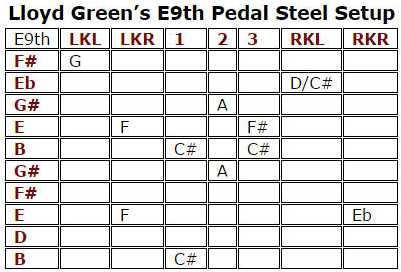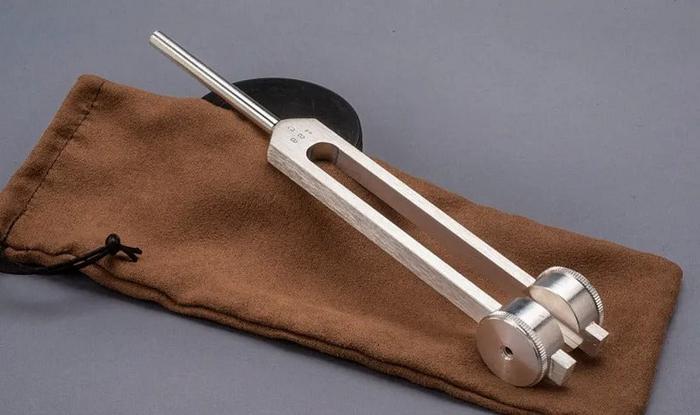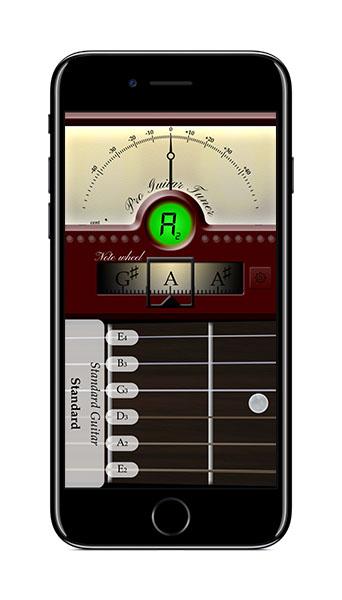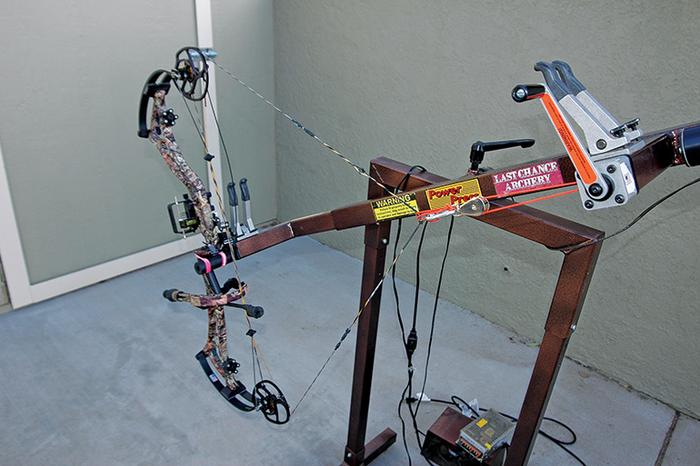Standing in the workshop, cradling my beloved lap steel guitar, I discovered that a subtle twist of the tuning pegs could transform an average tune into an extraordinary melody. This moment of revelation wasn’t just about frequency or pitch; it was the dawn of understanding the deep, intricate dance between mechanics and sound. As a former engineer turned luthier, I’ve seen firsthand how lap steel guitar tuning is more than a technical skill—it’s an art form. Why, you might ask, does tuning serve as the foundation of great sound? Because it’s where the stage is set for your musical expression. Whether you’re a seasoned musician or a curious novice, mastering the guitar tuning basics is your gateway to unlocking the full potential of your instrument. Join me as we dive into this comprehensive guide, where I’ll share insights and practical steps to transform your music through precise tuning.
What is Steel Guitar Tuning?

Mastering the art of tuning a steel guitar isn’t just about manipulating strings to hit the right notes; it’s about forging a deeper connection between player and instrument. My decades of experience researching instrument acoustics have revealed that tuning isn’t just a technical task; it’s an art that enhances your connection to the instrument. In my journey with lap steel guitars, I’ve found that understanding their tuning opens doors to an expansive range of musical expression.
What if I told you that mastering the art of tuning can be as satisfying as learning to play your first song? As you delve into the nuances of steel guitar tuning, you’ll discover that it can be the cornerstone of your musical foundation. The tuning of a lap steel guitar involves selecting specific pitches for the strings, which then form the building blocks of your musical landscape.
Each tuning variant offers its own flavor, whether it’s the resonant Hawaiian sounds or the dynamic tones of a bluesy slide. My experiences have shown me that the true magic of tuning lies in its ability to transform the simplest melody into an emotionally resonant performance. As you explore this section on tuning, I invite you to embrace the process and consider how it influences not just the sounds you produce, but the musical stories you aspire to tell.
Why Tune Your Lap Steel Guitar?

Imagine creating harmonious melodies that resonate with true clarity—this is the power of a properly tuned lap steel guitar. In my years of lutherie work, I’ve seen firsthand how a well-tuned instrument can breathe life into the music you play. A lap steel guitar, with its unique voice, is a powerful tool for expression, but its potential can only be unlocked through proper tuning. Without it, the notes may sound dull, lacking the vibrancy and resonance you’d expect.
Each string on your lap steel holds the promise of melody, but only if you take the time to ensure it’s perfectly aligned. Many players overlook tuning, seeing it as a minor detail rather than a fundamental part of the musical experience. I’ve had countless performers come into my workshop, frustrated by sounds that just don’t sit right, only to realize that their instrument needed nothing more than careful adjustment.
Proper tuning is not merely a technical step; it’s an art form. It shapes the way your lap steel interacts with your touch, transforming your musical intention into sound. When you tune your lap steel correctly, you open up a world of sonic possibilities that turns every performance into an opportunity for true musical expression.
When to Tune Your Steel Guitar

How often do you think you should tune your guitar? The answer may surprise you! I’ve learned over countless sessions that tuning isn’t just a pre-performance ritual. In fact, it’s a dynamic process that evolves throughout your practice and jam sessions. Timing is everything. Yes, before you start playing is a no-brainer, but here’s a crucial insight based on my experience: always be ready to tune during. Variations in temperature and humidity do more than just alter the notes; they can turn your performance into a real struggle with sound.
Imagine this—you’re in the middle of an inspiring jam. The groove is perfect, but suddenly, one note feels off. Believe me, we’ve all been there, and it’s a downer. But I’ve learned to welcome these interruptions as opportunities to recalibrate. Embrace them, and you’ll find your steel guitar singing in harmony with your environment, even amid the shifts that come unpredictably. Staying attentive to these changes is a skill I’ve honed and one I encourage you to cultivate. Trust me, being in tune—literally and figuratively—elevates your entire musical experience.
Where to Find Tuning Resources
Online Tuning Tools

Did you know that there are now apps that can help you tune your guitar to perfection with just a few taps? In today’s digital age, online tuning tools have become an essential part of my toolkit for mastering string tuning for lap steel guitars, particularly when aiming for the C6 tuning. These resources have revolutionized access to accurate tuning methods, providing unparalleled convenience for both beginners and seasoned players alike.
Through my editorial work with the Savart Journal, I’ve observed firsthand how technology aids musicians. Online tools offer an impressive array of options that ensure your guitar sounds pitch-perfect, with many programs providing visual and audio guides to maintain tuning accuracy. By leveraging these resources, you can effectively transform your lap steel guitar experience, ensuring each note resonates with precision and clarity.
As we delve further into the section on mobile apps for tuning, you’ll discover how these innovations empower you to develop a more intuitive understanding of your instrument’s unique tonal qualities, enhancing your musical journey.
Mobile Apps for Tuning

What if a simple app could improve your tuning skills overnight? As someone deeply immersed in the art of crafting and tuning steel guitars, I’ve seen firsthand how mobile apps revolutionize access to steel guitar tuning techniques and resources. These digital tools have become indispensable, offering personalized guidance for precise tuning, whether you’re holding a lap steel or a pedal steel guitar. In an era where convenience and precision are paramount, apps provide crucial real-time feedback, allowing musicians to refine their sound anywhere. By leveraging these apps, you enhance your technique and unlock new depths of musical expression.
How to Tune Your Lap Steel Guitar
Step-by-Step Tuning Process

Imagine being able to tune your steel guitar methodically, transforming frustration into a seamless process! Over the years, I’ve honed various tuning methods for steel guitar, establishing a systematic approach that significantly enhances the lap steel guitar tuning experience. This step-by-step tuning process is a crucial segment in learning how to master your steel guitar. By demystifying the tuning technique, I aim to empower you to tackle each string with precision and confidence. This method is not just about achieving the perfect pitch. It’s about developing an intuitive understanding of your instrument, ensuring it consistently sounds its best.
To begin, ensure you’re in a quiet environment, free from distractions. Start with one string and use your trusted electronic tuner for guidance. Utilize harmonics to refine and adjust each pitch meticulously. Patience is your ally here; take the time to get each note just right. Following these steps not only enhances your technical skills but transforms your entire playing experience. With practice, the process becomes second nature, reinforcing both your connection to the guitar and your musical ear. As you delve deeper into common tuning techniques, remember: the mastery of this process is not the end but the beginning of your journey to perfect harmony.
Common Tuning Techniques

In my journey with steel guitars, I’ve delved into the myriad tuning techniques that truly unlock the potential of this vibrant instrument. One technique I’ve found particularly captivating is open E tuning. This method not only enriches the musicality of your steel guitar but also enhances chord transitions, offering that iconic steel sound. However, what common mistakes do many players make with tuning? Discover the techniques that will set you apart! Through the years, I’ve learned that many players overlook the importance of understanding the nuanced variations within each tuning option.
For instance, even slight deviations in string tension can lead to tonal discrepancies that experienced ears will notice. Paying attention to these details is crucial. When approaching open E tuning, fine-tune by ear after using digital tools for an initial setup. This not only sharpens your ear but also tunes your instrument to its true potential, honing both your skills and your guitar’s sound. Remember, mastering these techniques can dramatically elevate your playing, ensuring your lap steel resonates with authenticity.
FAQs
What is the first step to tuning a lap steel guitar?
How do I maintain the tuning stability of my steel guitar?
Can I use a regular guitar tuner for my lap steel guitar?
What are some tips for achieving a rich sound when tuning a steel guitar?
Why are certain tunings more popular for lap steel guitars?
Conclusion
Are you ready to take your steel guitar skills to the next level? The journey begins with perfect tuning! As I conclude this comprehensive guide on lap steel guitar tuning, I trust you now appreciate the significance of precise tuning in enhancing your musical expression. From understanding what steel guitar tuning is and why it’s essential, we’ve explored the timing and resources available, including online tools and mobile apps, to ensure accuracy at your fingertips.
My aim is to make you not only technically proficient but also deeply connected with each note you produce. The step-by-step tuning process we’ve detailed can be your roadmap to crafting that perfect sound. With every practice session, remember that tuning is more than a routine—it’s your gateway to clarity and beauty in music.
By mastering these common tuning techniques, you’re laying the foundation for a lifelong mastery over your instrument. Happy tuning!

R.M. Mottola, an engineer-turned-luthier, revolutionizes stringed instrument design with his deep focus on acoustics and ergonomics since 1994. As editor of the Savart Journal and a key contributor to American Lutherie, Mottola merges science with artistry in lutherie. He enriches the field with his extensive knowledge, shared through his Liutaio Mottola website, making him a beacon in the world of modern instrument craftsmanship.
